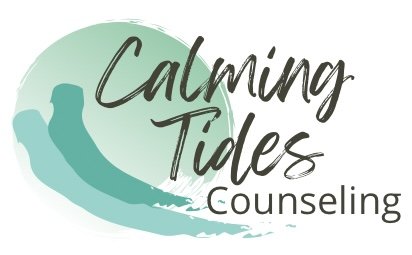Healing Through Creative Expression: Why Art, Writing & Imagination Belong in Therapy
Incorporating creativity into therapy offers new pathways to insight, emotional release, and healing. Research has shown that blending art with therapeutic support can help reduce symptoms of anxiety, depression, and other mental health challenges (Hu et al., 2021). Whatever the creative outlet, it reaches parts of us that logic alone can’t always touch.
Why Creative Expression Works in Healing
When you’re creating, you’re less focused on “getting it right” and more open to simply being. Engaging in creative arts like drawing, journaling, or music gives us ways to express what often feels too big or complicated for words alone. These practices can help us process emotions, connect with different parts of ourselves, and feel a greater sense of self-understanding.
When you’re in the moment and in the flow of creativity, it acts as a form of mindfulness. You become fully present with what you’re creating and immersed in the process itself. For those of us who have been through difficult experiences, this kind of presence is something truly needed and often deeply healing. Research has shown that this kind of creative engagement can lower stress and improve focus (Cheron, 2016). In group settings, shared creativity also becomes a way to build trust, connection, and reflection alongside others who get it.
3 Simple Ways to Use Creative Expression for Healing
Here are three examples of creative arts acitivties that can easily be tried, and that can be a great introduction to how therapeutic this kind of work can be:
Journaling Prompt: “The part of me that wants to speak…”
Write a letter from a part of you that often stays quiet (e.g., inner child, self-doubt, courage).Soundtrack of Me: Pick 3 songs: one that captures your past, one for where you are now, and one for where you want to go.
(You can link this back to the group activity if you’re using it!)Blackout Poetry: Grab a page from a magazine or old book. Circle words that stand out, blackout the rest. What does your poem say about where you are right now?
Who Benefits Most from Expressive Arts for Healing
Creative expression is beneficial for people of all ages and all walks of life. Incorporating creative arts into the healing process can be especially helpful for anyone feeling stuck or wanting to explore something different from traditional talk therapy. The beauty of this work is that it doesn’t ask you to be skilled or polished—art can be messy, raw, and exactly what you need it to be.
It can be a powerful tool for those healing from trauma, body image struggles, or low self-worth. It’s also a great fit for anyone who feels curious about reconnecting with themselves in a creative, supportive space.
Healing Gets to Be Playful, Too
Healing doesn’t always look like breakthroughs in a therapist’s office or perfectly worded insights. Sometimes it looks like scribbling in a journal, cutting out images that speak to something you don’t have words for yet, or letting your mind wander while your hands create. Creative expression gives us space to be curious, imperfect, and present. It invites us to explore who we are—gently, honestly, and sometimes with a little color outside the lines.
References:
Hu, C., Zhao, H., & Li, Y. (2021). The Effect of Art Therapy on Depression, Anxiety, and Stress: A Meta-Analysis. Frontiers in Psychology, 12, 686214
Cheron G. How to Measure the Psychological “Flow”? A Neuroscience Perspective. Front Psychol. 2016;7:1823. doi:10.3389/fpsyg.2016.01823
